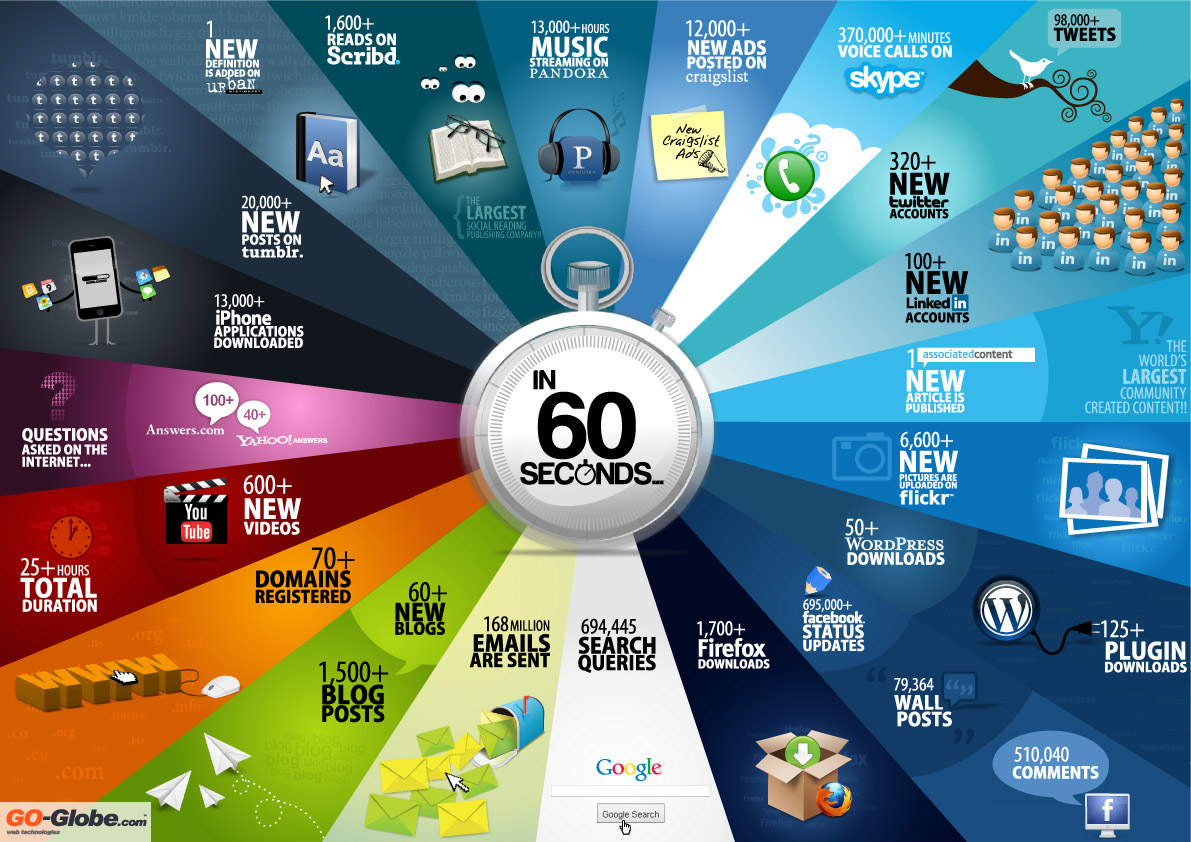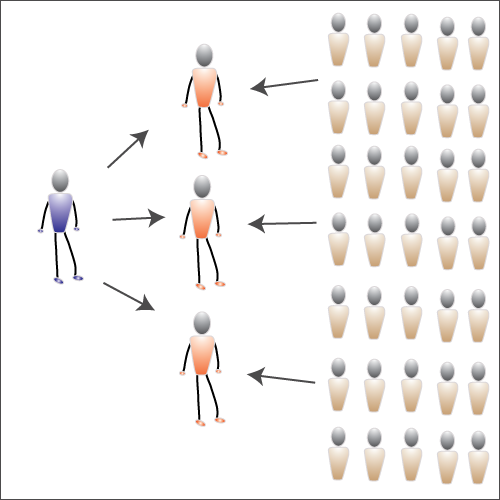The "Home Depot Model" of Findability, or, Social Search
I walked into Home Depot the other day and, seeing a clerk near the entry way, asked where the storage boxes were. Immediately the clerk told me. After I found my boxes, I asked another clerk where the gloves and Sharpee markers were. Again, she gave the answer immediately. In my experience, apart from wandering aimlessly around the store for extended periods of time, this is about the only way to find things in Home Depot.
In the goal to find something, I relied on the social assets around me. In Greg Nudelman's Designing Search, he talks about how people are increasingly turning to their social networks for information. Not only do social networks provide quick answers, but finding through social means allows you to draw upon people with similar interests.
For example, I have a large network of technical communicators that I follow on Twitter. If I have a question related to tech comm, it makes sense to ask my tech comm network. Most likely they could give better advice then simply searching the general web or turning to a friend on the basketball court.
Anne Gentle has written about social search on her blog Just Write Click. She notes that there's an increasing trend to turn to your social network for answers rather than the help documentation. She explains,
Lastly, counts on click-throughs on Google searches may soon be surpassed by counts on click-throughs on social sites. Think about this for a moment. ... you are more likely to get useful links by asking your friends and colleagues about certain topics than you are going to get them by searching on Google. This finding is a serious disruption for the web, if it turns out to be true. I haven't seen studies yet that have numbers to support this claim, but I've seen it in slide decks about social support communities, community management, and the like. (See The Big Shift From Search to Social)
In other words, people may be searching on social sites like Facebook more than they search on Google because they get more useful information from social sites. As for metrics to support this, I recently saw this 60 seconds graphic:

Infographic by- Shanghai Web Designers
Unfortunately the original post doesn't cite references, but if it's true, in one minute there are 694,445 search queries on Google, while there are 695,000 Facebook status updates and 510,000 Facebook comments, along with 98,000 tweets on Twitter. If even ten percent of these social posts and comments are questions and answers, that's a huge number of people using social networks as a means of finding and sharing information. It's not a source to be ignored in the effort to make your content findable.
One challenge with increasing your influence in social search, of course, is bandwidth. It's not possible to connect with so many people, right? One has only so much time to respond to forum posts, comments, and other social threads. Maybe not.
In a recent internal conference, one presenter explained how to get customers to adopt new products you're rolling out. The presenter encouraged development teams to connect with key influencers in the community. If you can get the key influencers on board, they can help others, the presenter explained. Every department has that one person whom everyone goes to for help. If you give these influencers access to beta test software, reach out to them personally, and reward them for their helpfulness, they can be a huge asset in social findability.
In The Tipping Point, Malcolm Gladwell calls attention to several key types of people that can cause products to tip. Mavens and connectors (the terms he uses) can be key touchpoints for increasing awareness. When I walked into Home Depot and found a clerk, she immediately routed me in the direction I wanted to go. Although there were probably 50 people in the store, and only about 5 clerks, if I wanted to share information with all the people in the store, I'd focus just on the clerks.
The following graphic shows this workflow. As a technical writer, you don't need to interact with the social web in its entirety. You just need to interact with the influencers (the mavens and connectors). These influencers are the forum champions who regularly interact with scores of people and thrive on helping and guiding others. They may be the administrative assistant in a department of executives, or perhaps prolific bloggers. The influencers will then interact with the rest of the user base.

In contrast, if you interact with users on a one-to-one basis, you'll be overwhelmed with individual support requests and time-draining questions. I know that in past experiences, I've reached out to some users to gather their feedback. Later, I became their personal support assistant at beck and call whenever they had a question or problem. That kind of relationship can be very time-consuming.
If you do have the bandwidth to embed yourself in social sites and interact on a one-to-one basis, at least transfer the information you provide into the help content (assuming it's not already there). This way you'll convert the one-to-one interaction into a one-to-many interaction and allow influencers to get the information they need to help others.
About Tom Johnson

I'm an API technical writer based in the Seattle area. On this blog, I write about topics related to technical writing and communication — such as software documentation, API documentation, AI, information architecture, content strategy, writing processes, plain language, tech comm careers, and more. Check out my API documentation course if you're looking for more info about documenting APIs. Or see my posts on AI and AI course section for more on the latest in AI and tech comm.
If you're a technical writer and want to keep on top of the latest trends in the tech comm, be sure to subscribe to email updates below. You can also learn more about me or contact me. Finally, note that the opinions I express on my blog are my own points of view, not that of my employer.
